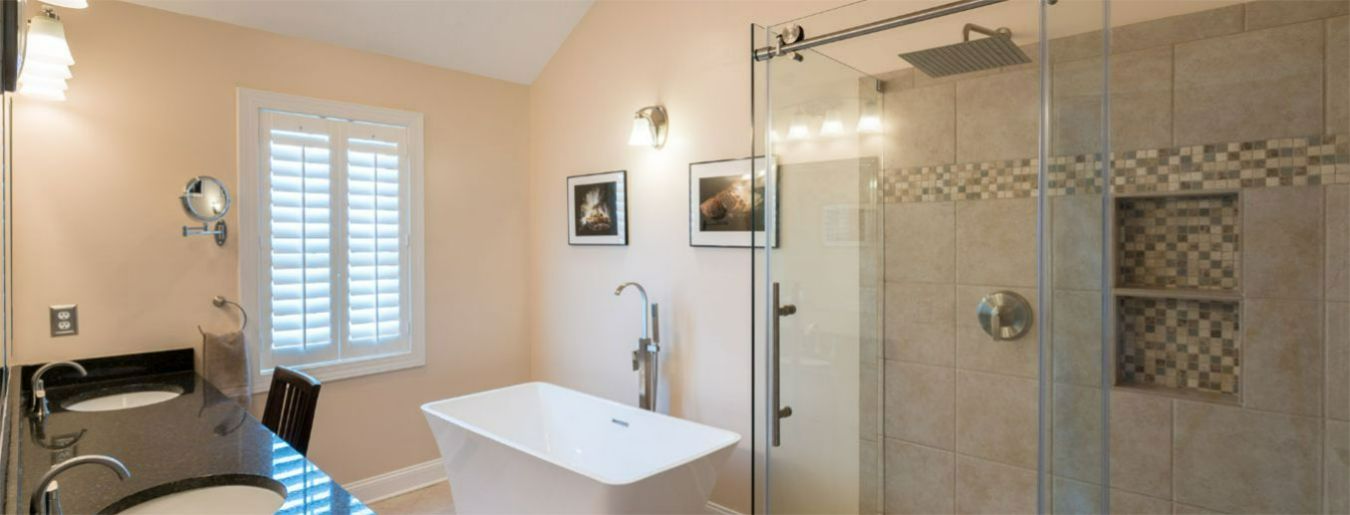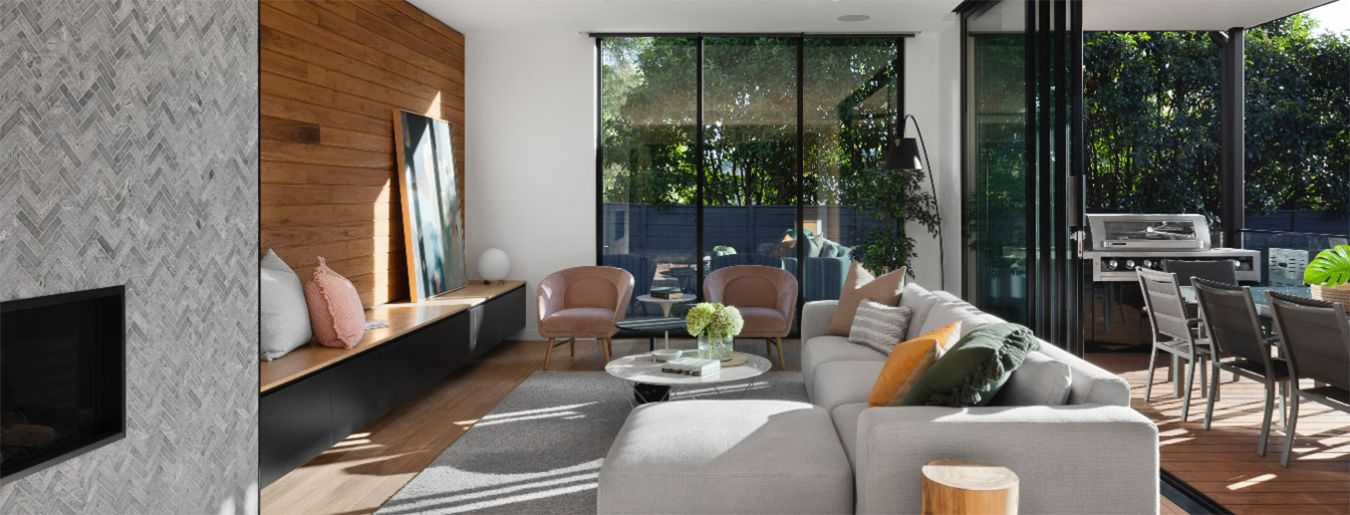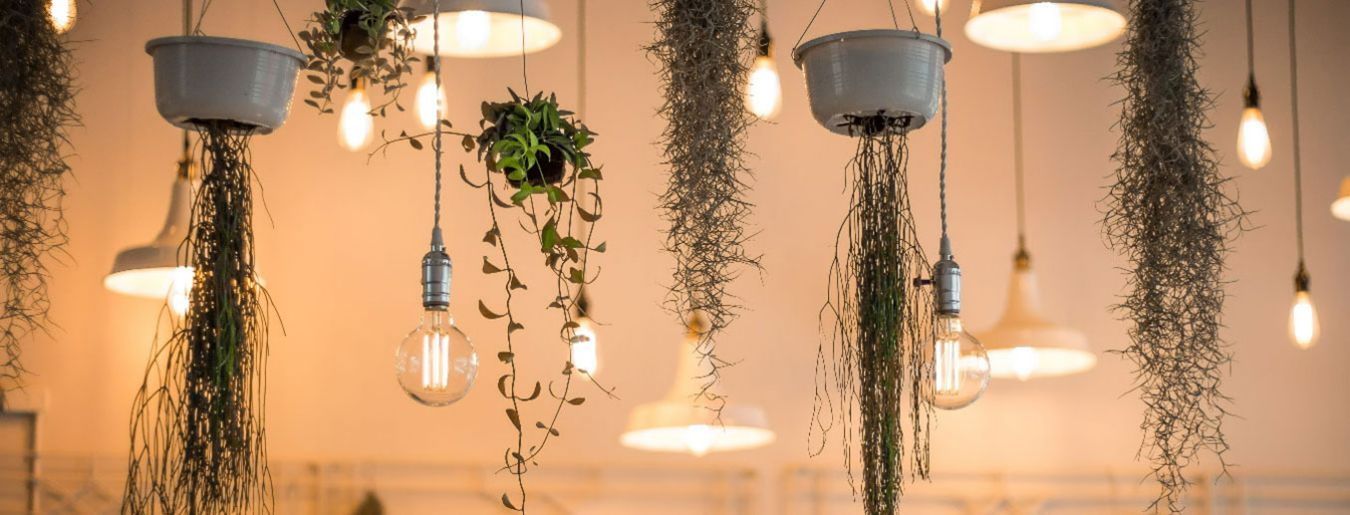Inadequate bathroom lighting is a sure source of frustration. Applying makeup and attending to personal hygiene require strong lighting from multiple angles—a single overhead bulb doesn’t cut it. Various fixtures—sconces, lightbars, vanity lights—can provide the appropriate amount of illumination, but you should be choosy about your designs and styles. Compared to other rooms in a home, bathrooms are somewhat limited in potential furnishings. This means your light fixtures are doing some heavy lifting when it comes to setting the style and tone of your bathroom.
If you’re installing or replacing light fixtures in your bathroom, don’t be overwhelmed by the breadth of options out there. We’ve researched the best lighting for bathrooms, paying attention to design, material, quality of light, durability, and more. Below are some shower and makeup vanity lighting ideas to consider for your home.

Get Home Warranty Quotes
from Top Rated Authorized
Partners
Get a Quote
How to Choose the Best Bathroom Vanity Lights
Quality vanity lights have a utilitarian purpose without sacrificing an aesthetic appeal. Here are some considerations to keep in mind as you shop.
-
Style. Are you looking for something understated and traditional? Or maybe something more modern and atypical? Are you partial to an industrial aesthetic, or are farm and country vibes more befitting of your bathroom?
Also think about the orientation of your light fixtures. If your bathroom allows for paired fixtures on either side of your mirror, vertical lightbars are a sleek and stylish option. For something more traditional, consider twin sconces.
If the layout of your bathroom necessitates mounting a fixture above the mirror as opposed to the side, you can look into horizontally mounted lightbars, downward-facing sconces, or multi-bulb vanity lights. For an ultramodern look, try installing a broad vanity mirror with built-in LEDs.
Ultimately, the best bathroom vanity light fixtures for your home are those that match the style of your home’s architecture and existing fixtures. Your vanity lights shouldn’t clash with your faucets, countertop, tile, window treatments, and so on.
-
Material. Also think about the kind of material you envision for your bathroom vanity lights. Chrome or stainless steel make for a traditional look that can go with almost anything. Brass, gold, or a brushed metallic finish can lend a modern or contemporary flair. Iron or matte black are good choices if you’re going for an industrial feel. Even wood is an option for a rustic appearance.
The absence of a prominent framing or backing is worth considering too. LEDs or low-profile lightbars and sconces can provide abundant illumination with a streamlined design.
-
Brightness. You usually want vanity lighting to be bright, but control is key. A dimmable fixture or something that is compatible with smart light bulbs is what you should pursue. With proper lighting controls, you can illuminate your bathroom with bright white light when you need it for applying makeup or performing some other task that is demanding of your vision. Dimmable lighting also enables softer illumination when you want to enjoy a relaxing evening bath or let your eyes gradually adjust on a dark winter morning.
-
Adjustability. Control over brightness and temperature is most important, but you may want to adjust the fixture itself too. A sconce that can swivel or swing can provide directional lighting for grooming tasks that require precision and focus.
-
Quality. Of course, consider the quality and reliability of light fixtures as you shop. Read reviews to see how well the products have fared against dampness and corrosion. Investigate how different products are mounted and confirm that they can be leveled reliably.
How to Choose the Best Shower Light Fixture
Compared to the selection of vanity lighting that is available, there are somewhat fewer options for shower lighting. Here are some things to keep in mind.
-
UL Rating. Not all lighting fixtures are designed for use in damp or wet environments. When you’re shopping for bathroom lighting, look for a product’s UL rating. A damp-rated fixture can handle steam and humidity. Look for wet-rated fixtures if the light will come in direct contact with water.
-
Compatibility. Measure out the dimensions of your shower and ceiling before you search for new lighting solutions. If you have a small shower, an extra wide ceiling light may not be appropriate. Even if it can fit in the ceiling, it might look out of place.
The nature of your shower’s framing could limit your lighting options too. Locations of pipes, wiring, and studs may make some fixtures or lighting styles impractical.
If your existing light switch is a dimmer, make sure you select a compatible fixture—or be prepared to swap out the switch.
-
Color Temperature. A shower should be a relaxing, peaceful place, and the color temperature of the interior lighting can make that happen. Generally, warmer light is preferable in a shower, especially if your tiling features earth tones. You can go for cooler lighting if your shower tile is white, gray, or blue.
Quality shower lighting doesn’t need to be limited to recessed fixtures in the ceiling. LED accent lighting is becoming increasingly popular in modern showers. This type of lighting can run along the perimeter of a shower wall, ceiling, or floor, or it can illuminate recessed nooks. Shower accent lighting can look beautiful, but be aware that it may end up spotlighting soap scum or half-used shampoo bottles. You may find yourself pressured to keep an especially pristine shower.
Another option to consider is a luxury showerhead with built-in LED lights. When it comes to modern style, LED-integrated showerheads are some of the best shower light fixtures, but you may want to supplement them with more practical lighting.
Finally, consider your bathroom ventilation. If your existing shower light has an integrated fan, you should replace it with a like fixture. Otherwise, ensure that you install a fan somewhere else in the bathroom to provide adequate ventilation. Neglecting to maintain airflow during a steamy shower can lead to mildew problems and more rapid corrosion of metal fixtures.




 Prev Post
Prev Post





